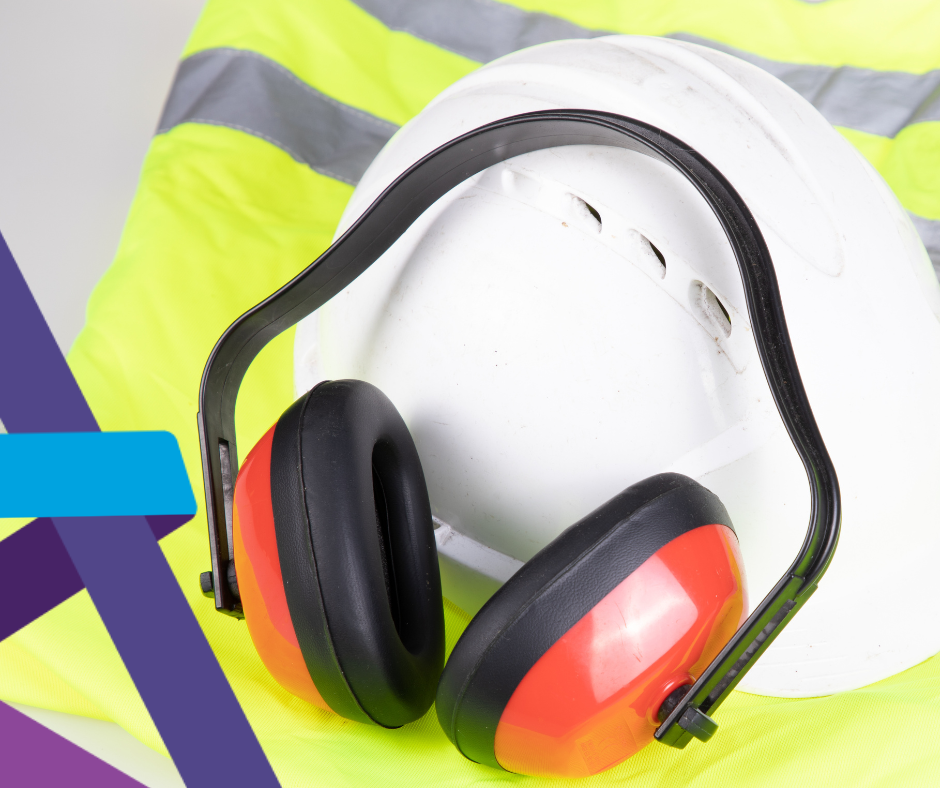Health & Safety in every step

Ensuring the proper fit of Personal Protective Equipment (PPE) and Respiratory Protective Equipment (RPE) is more than a box-ticking exercise—it’s a critical component of creating a workplace where everyone can breathe easy. In this article, we’ll explore the importance of a snug fit when it comes to PPE and RPE, with a special emphasis on the often-overlooked face fit tests.
Why fit matters
Let’s consider a worker equipped with PPE that doesn’t fit properly—gloves too loose, goggles sliding down, and a mask leaving gaps around the edges. Not only does this compromise the individual’s safety, but it also undermines the purpose of protective gear. When we look at the hierarchy of risk control, PPE is the last line of defence against workplace hazards, which means that if the PPE is compromised by improper fit the worker is potentially at risk.
When it comes to selecting PPE, consider the specific tasks involved. A one-size-fits-all approach simply won’t cut it. Tailor your choices to the individual and the job at hand. This might mean different sizes of gloves or adjustable headgear for various team members.
Breathe easy
Respiratory Protective Equipment (RPE), is designed to shield against airborne hazards and demands a precision fit to be effective. Ill-fitting masks can allow contaminants to seep in, putting the respiratory health of your workforce at risk. The key is not just having RPE, but ensuring it forms a secure seal to provide the intended protection.
Enter the unsung hero of RPE effectiveness—the face fit test. This process ensures that the respirator forms an airtight seal around the wearer’s face, leaving no room for unwanted particles or gases to infiltrate. Incorporating face fit tests into your safety protocols is a proactive step towards guaranteeing the reliability of your RPE.
Regular face fit tests, conducted by trained professionals, verify that the chosen respirator model fits each individual team member correctly. This is especially vital when dealing with seasonal or temporary workers, as it ensures they are just as protected as your full-time staff.
Make face fit tests a routine part of your safety measures. Schedule these tests during initial training and periodically thereafter, particularly if there are changes in facial features (beard growth, weight fluctuations, etc.) or if a worker reports discomfort with their RPE.
When every task demands precision and attention to detail, the fit of PPE and RPE is non-negotiable. As we “gear up” for the challenges that each season brings, let’s equip our workforce with gear that not only meets industry standards but exceeds them.
Need a hand? Get in touch with us today: enquiries@armour-risk.co.uk
Our content is correct at the date of publishing, but should not be taken as legal advice, and our articles don’t replace Risk Assessments. Armour will not be held accountable for any legal actions the reader may take.

